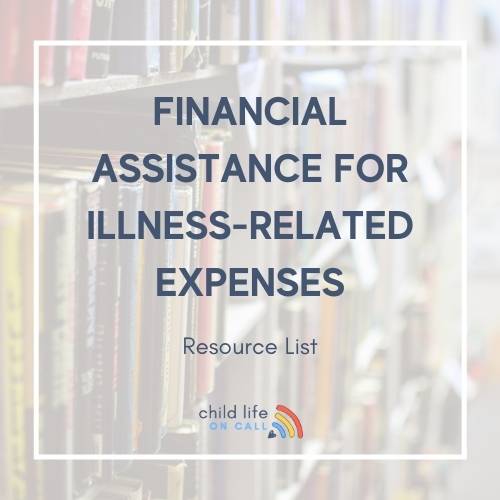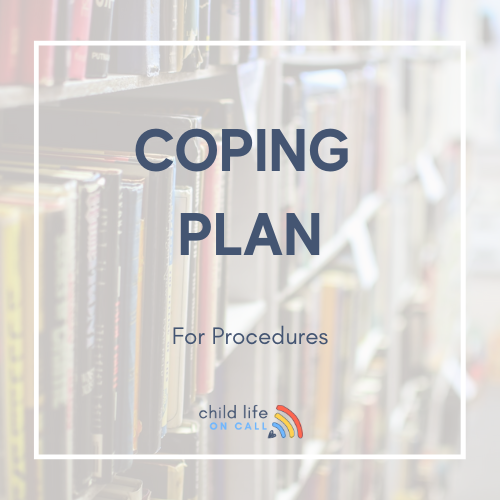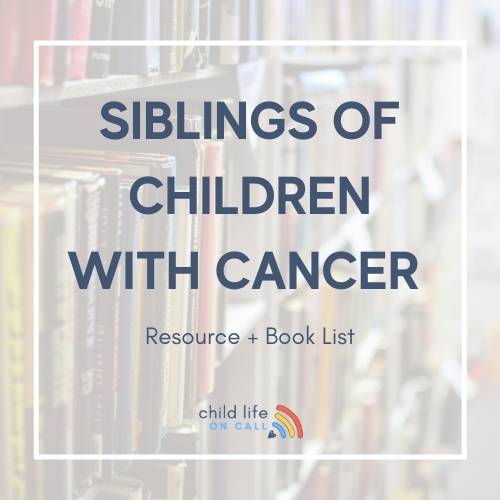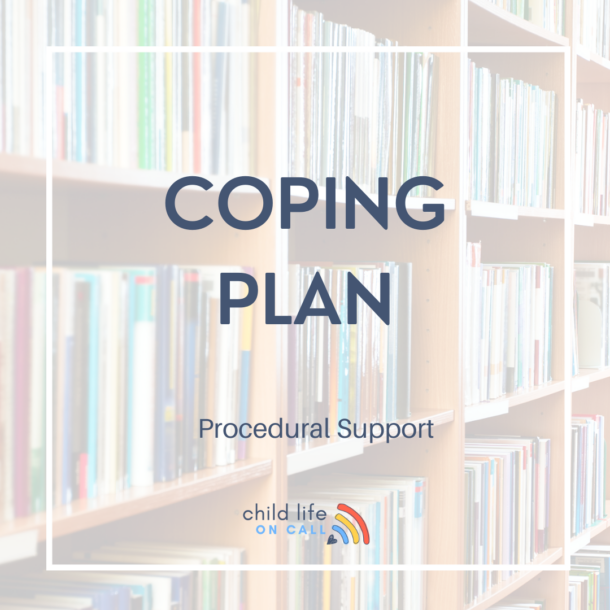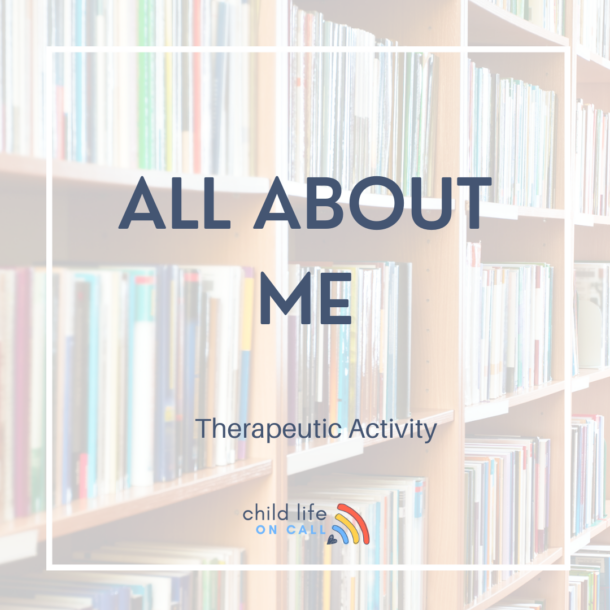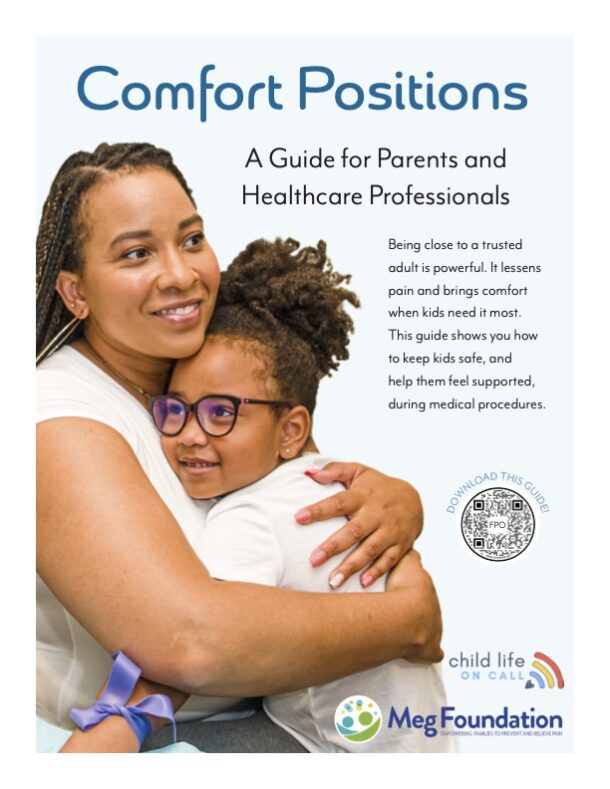“She was on a ventilator, in a coma with no response for nine days.”
This is the story from a mother whose daughter had a brain and spinal cord infection. This is Michelle’s Story. By: Clare Kelley
It’s 2002 and Michelle’s daughter Brynn is having frequent fevers. Michelle calls up her trusted pediatrician who assures her there is no reason to worry. “Babies get sick.” She says. Except 2-year-old Brynn keeps getting sicker. She is soon diagnosed with a kidney infection called pyelonephritis, which actually alleviates Michelle’s worry – this infection is easily treatable and something that kids grow out of.
Episode 2 | Michelle’s Story – A life-threatening illness leads to a week-long coma
About a month later, however, something strange happens. The family is on vacation and Michelle, who happens to be an Emergency Room nurse, notices that her daughter is unusually irritable. She is still taking medication for her kidney infection so when Brynn becomes feverish, Michelle takes her to an urgent care center. When Brynn becomes even more irritable and lethargic, Michelle cuts the vacation short. At home, Brynn is hard to wake up and lacks her usual appetite. Michelle decides to take her baby to the emergency room.
At this point, Brynn no longer has a fever, but she is sure not acting like herself. When the nurses insert her urinary catheter to take a urine sample, Brynn doesn’t move an inch. This is unsettling. With a two-year-old patient, such an uncomfortable procedure usually involves a struggle.
Her urine and blood work come back clear, but Brynn’s vital signs are abnormal. As Michelle voices her concern, the nurse insists this is simply because Brynn is a squirmy toddler. An ER nurse herself, Michelle remains skeptical – Brynn is not moving around so her heart rate should not be elevated. Frustrated, Michelle calls her pediatrician who comes right over. Years later, Michelle finds out that she had said the magic words to get this devoted pediatrician to the ER that night: “something is wrong with my child.”
When the pediatrician arrives, she takes one look at Brynn and orders a cat scan and a spinal tap, the results of which indicate Brynn has a serious infection in her spinal cord that is causing respiratory failure. Brynn needs to get to the ICU and fast. When she arrives, her medical team is so concerned with her ability to breath that they intubate her right there in the ambulance bay. Brynn’s mental status has degraded so much that she doesn’t even need to be sedated.
A Parent’s Guide to Understanding Pediatric Urgent Care Visits
The following days in the ICU are so hard for Michelle because nobody can give her any information. The doctors believe there is a 50% chance Brynn will live, but with some sort of permanent disability.
After eight days of being on a ventilator in a coma, Brynn’s medical team wants to perform a tracheostomy and make an opening in her neck to breathe through. Michelle fights them on this – if at all possible, she does not want Brynn to have a scar when she wakes up. And then… nothing short of a miracle. Michelle’s mother invites a priest to pray with her over her granddaughter and at that very moment, Brynn begins moving for the first time. She has started to wake up. Slowly she is weaned off the ventilator.
Brynn’s official diagnosis is meningoencephalitis. According to the Mayo Clinic, this rare illness is caused by viruses, bacterium, parasites, or other microorganisms. Symptoms can include fever, vomiting, confusion, seizures, and even death if untreated.
Brynn’s family is thrilled at her progress, but they are still very worried. What did this disease do to Brynn’s brain and her body? How will she heal? Brynn has lost some of her hearing, as well as her ability to walk, swallow, and process information effectively. She seems confused and is inconsolable when not in her mother’s arms. At first, she can’t even fall asleep.
When Brynn is finally discharged, her pediatrician continues to check in, always trusting Michelle’s intuition and read on things. Brynn heals slowly and eventually regains all her physical and mental abilities. After 5 years of intense rehab and a few sports, she can do much more than walk. Brynn is now a strong, brilliant young woman – a cadet and volleyball player at the Air Force Academy!

Michelle sums up her whole experience with Brynn in one word: “tenacity.” Speaking for her daughter and for herself, she says, “You just have to hang in.”
Advice from Michelle to other parents:
Firstly, it is okay to wear your crazy hat! It’s better for people to think you’re crazy than for you to be wrong. Secondly, pick your pediatrician and medical care team with care. If you just don’t click with somebody, you have permission to find someone else. Your kid will cope better if they can sense you trust the professionals. Lastly, let people help you. Ask them for things (like Noxzema) and accept what they offer on their own.
Listen to Michelle’s episode here.
- Managed Care’s Hidden Opportunity: Child Life Services
- Medical Words We Use That Are Confusing Children
- 6 Reasons Hospitals Say “No” to New Technologies
- The 5-Step Guide to Empowering Parents in Healthcare
- 5 Steps to Integrate Tech into Child Life



